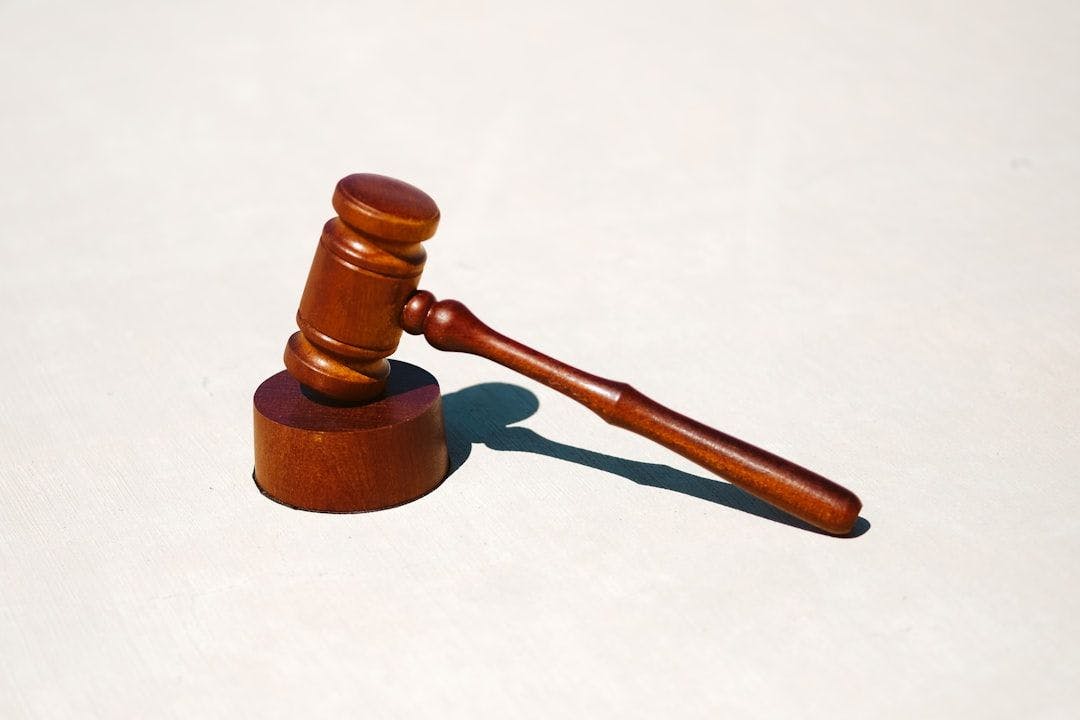The New York Times Company v. OpenAI Update Court Filing, retrieved on February 26, 2024 is part of HackerNoon’s Legal PDF Series. You can jump to any part in this filing
A. The Times Cannot Sue for Conduct Occurring More than Three Years Ago
Count I, for direct infringement, is based in part on OpenAI’s creation and use of training datasets for GPT-2 and GPT-3. Compl. ¶¶ 160, 162. That claim appears to hinge on allegations regarding (1) construction of the “WebText” database and OpenAI’s use of that dataset to train GPT-2, see id. ¶ 85; (2) construction of an “expanded version of the WebText dataset” called “WebText2,” see id. ¶ 87; and (3) use of WebText2 and Common Crawl to train GPT-3, see id. ¶¶ 87–88. Because all those activities occurred more than three years ago, supra 7, any claims based on them are time-barred, 17 U.S.C. § 507(b) (three-year limitations period).[33] Those claims are “stale,” and the court should dismiss them so the parties can focus discovery on activities within the limitations period. United States v. Kubrick, 444 U.S. 111, 117 (1979) (“[T]he right to be free of stale claims in time comes to prevail over the right to prosecute them”).
Continue Reading Here.
[33] These claims are time-barred regardless of whether the discovery rule applies, as the Times discovered or with reasonable diligence should have discovered these activities prior to December 27, 2020.
About HackerNoon Legal PDF Series: We bring you the most important technical and insightful public domain court case filings.
This court case retrieved on February 26, 2024, from fingfx.thomsonreuters.com is part of the public domain. The court-created documents are works of the federal government, and under copyright law, are automatically placed in the public domain and may be shared without legal restriction.

